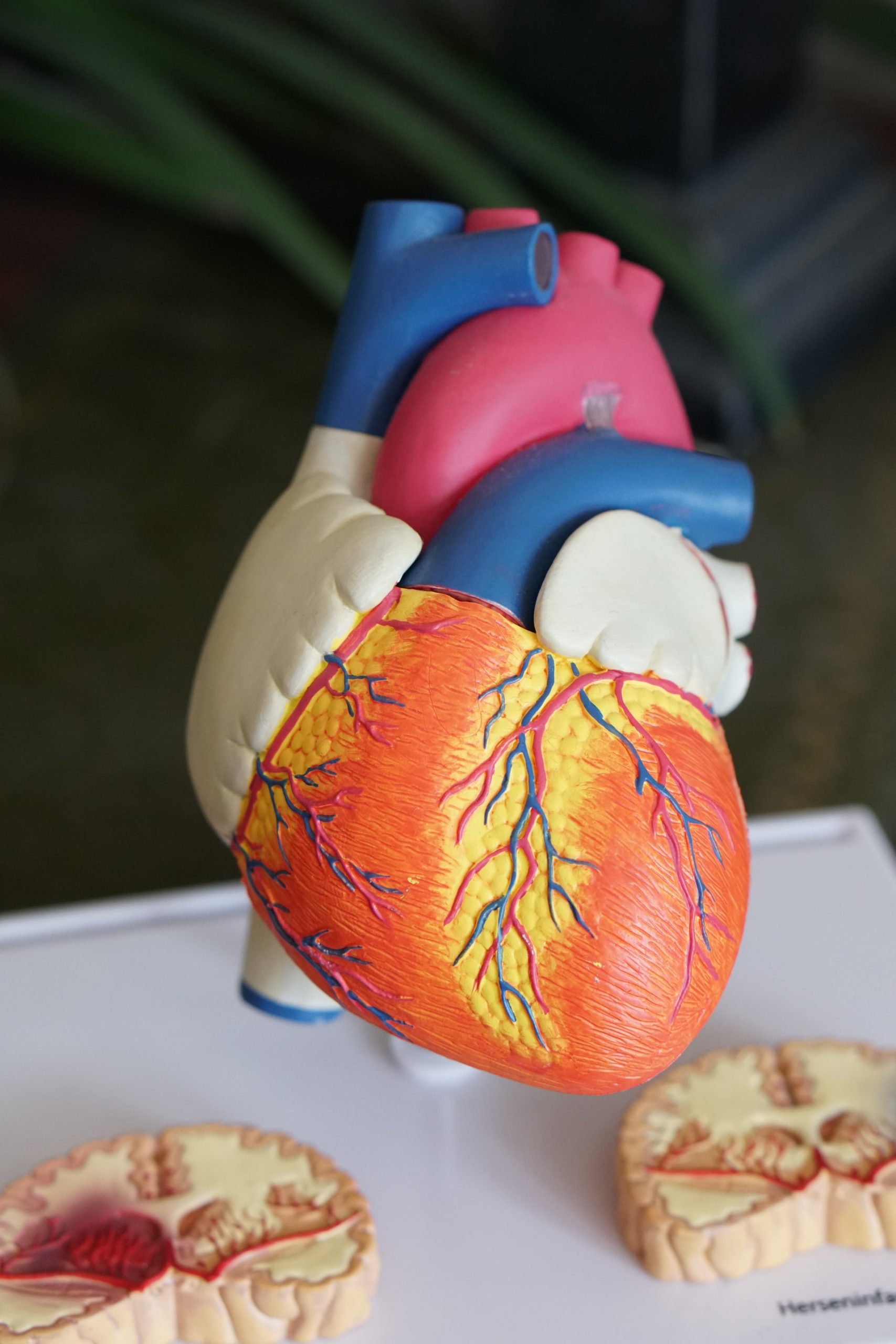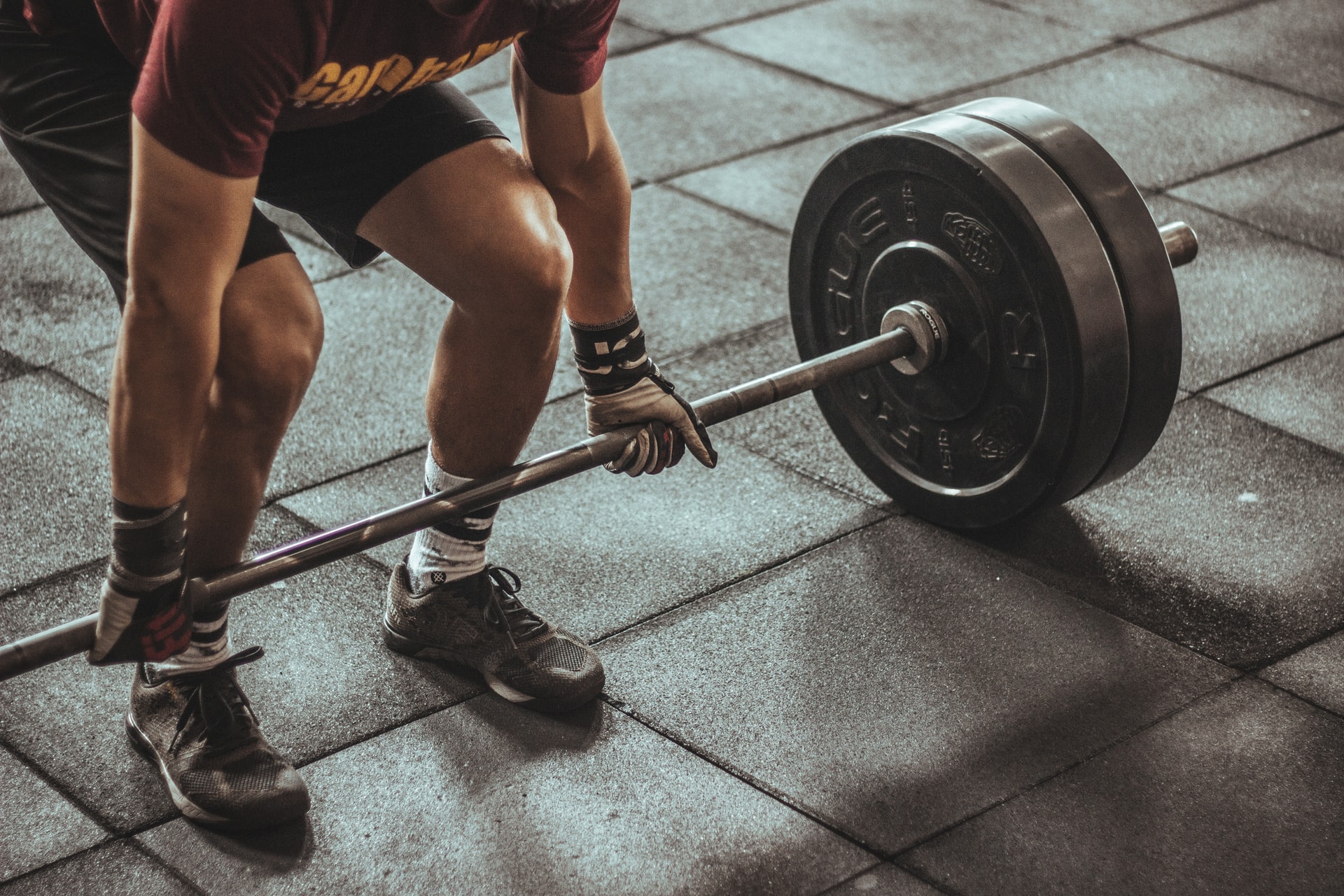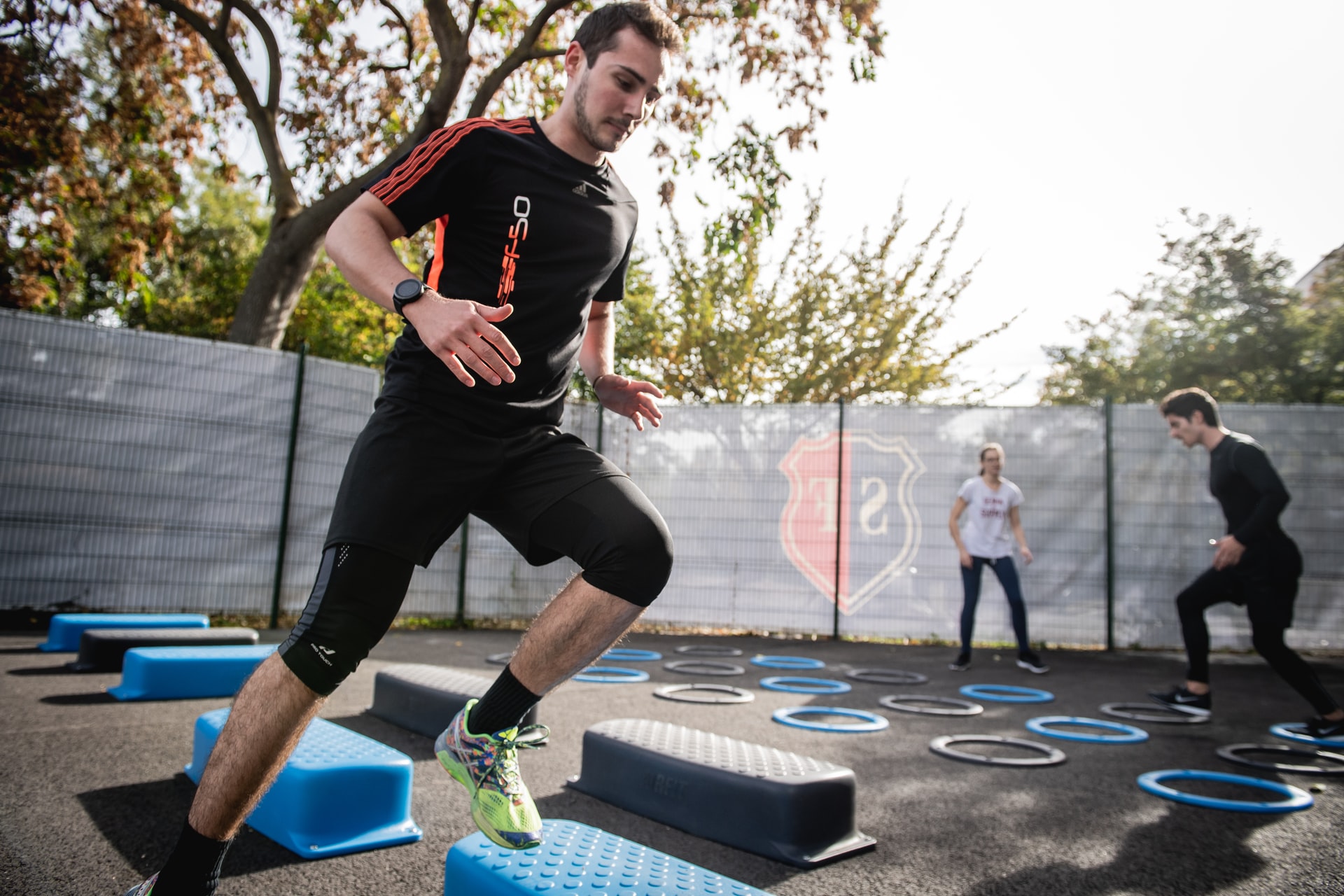If you are an avid runner, you might wear your running shoes a half size, or more, larger than your dress shoes due to foot swelling. In fact, foot swelling is a common complaint of many runners. However, a recent study by the University of Nevada indicates that foot swelling may not always be an automatic result of running.
In fact, if you have issues with your feet swelling during a run, or other types of exercise, there could be several factors contributing to the swelling.
Factors that Cause Swelling
Ill-fitting Shoes
Ill-fitting shoes could be the most common, and easily corrected, cause of foot swelling. Shoes that don’t fit properly can put unusual stress on the tendons, muscles, and ligaments in your feet causing them to swell. An improper fit could include shoes that are the wrong length or width. It could also mean shoes that are the right length and width, but are laced too tightly, or not tightly enough; or shoes where the internal supports have worn out from overuse.
Improper Technique
Improper technique is the second most common cause of foot swelling and, like ill-fitting shoes, is easily corrected. Also, as with ill-fitting shoes, improper technique can put unusual strain on the structures in your feet, as well as the structures in your lower leg. That unusual strain can cause those structures to swell, and fluid to build up in your lower legs and feet.
Pre-existing Injury
If you are a hard-core runner you probably run through all sorts of conditions including bad weather and minor aches and pains. Unfortunately, some of those aches and pains could be more serious than just a minor inconvenience; they could signal an injury. As with improper technique and ill-fitting shoes, running on an injury can strain your leg and foot muscles and cause swelling.
Pre-existing Illness
Even if you exercise regularly and eat healthily, including managing your calorie and fat intake, it is still possible to get sick. In fact, heart disease is still a major disease among men, and many forms of heart disease can cause constant swelling in the extremities, that could get worse with exercise.
Addressing the Swelling
One way to address the swelling is to wear athletic socks designed especially for running. These athletic socks apply light pressure to your feet to help prevent fluid build-up and improve performance. Some runners’ magazines swear by these socks and they offer. Check out Tommie Copper’s to learn more about how compression socks can alleviate problems.
In addition to special socks, you can take other steps to reduce the swelling.
Ill-fitting Shoes
Have your feet sized, preferably at a store that specializes in athletic shoes. You might be surprised to discover that your feet don’t always stop growing once puberty is over. It is possible that the reason you need to buy larger athletic shoes is because you should also be buying larger dress shoes. You should also consult with an athletic shoe specialist to make sure you are lacing and tying your shoes for optimal performance, and make sure you replace your running shoes at least every three months.
Improper Technique
Avoid running heel-toe (landing on your heel and rolling your foot forward), which can cause strain from the impact of your foot slapping on the ground. You should also avoid having your foot land flat, on your arch, and rolling forward to push off. Instead, try landing on the ball of your foot, or the midsole, and pushing off. This will add a spring to your step and reduce the strain on the muscles in your feet and lower leg.
Pre-existing Injury
As rewarding as it is to get in a good run, you should avoid running if you suspect you have an injury. Stress fractures are very common amongst runners. Running on one will not only make the fracture worse, it could cause enough damage to prevent you from running ever again. If you feel pain deep within your foot that gets worse the more you run, stop running and check with your doctor.
Pre-existing Illness
If you are using special socks, made sure your shoes fit properly, improved your form, and have checked for injuries, your next step is to get a physical from your doctor. Don’t make the mistake of assuming that because you are physically active that you are immune from disease. If you are over the age of 30, and especially if you have a family history of hypertension, heart disease, or diabetes, you should have regular checkups and blood tests to screen for these diseases.
If your doctor discovers any of these issues, he may prescribe medication to help you control your disease. Make sure you take your medication regularly, and as directed, to not only prevent swelling, but to keep your illness from getting worse.
If you are already in treatment, and your foot swelling has continued or gotten worse, alert your physician. You might need an adjustment to your medication or treatment plan.



